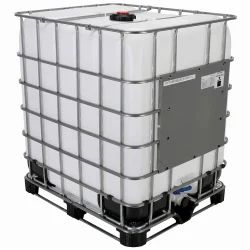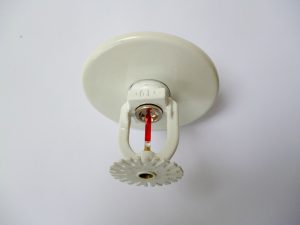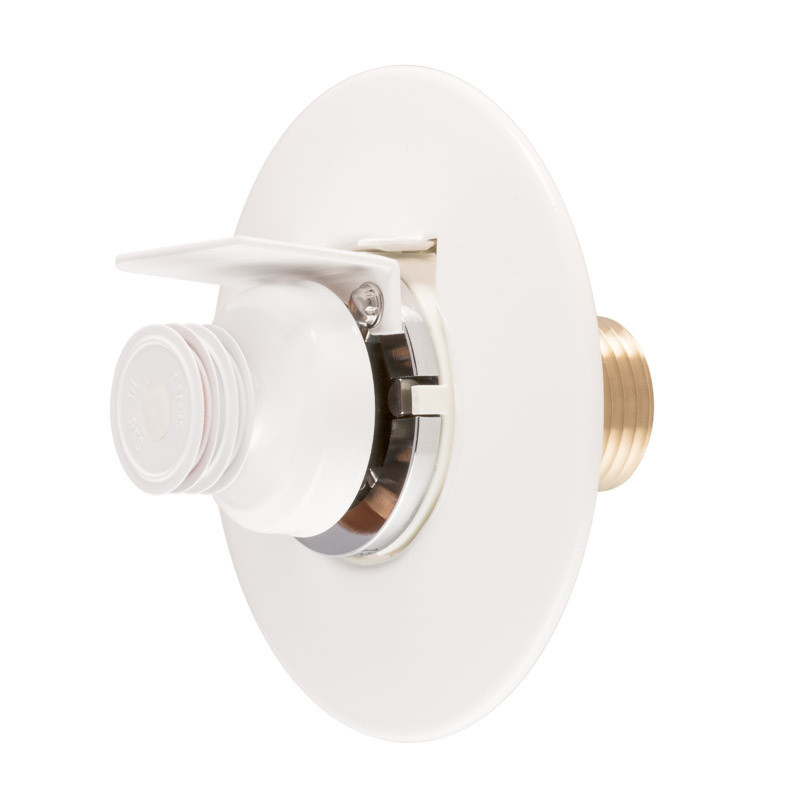drumz
Well-Known Member
- Joined
- Jul 10, 2011
- Messages
- 75
- Reaction score
- 9
Just did a remodel and now have a metal roof and also have a drainage system that collects all the water from the downspouts along with drainage around the foundation. This all feeds into a 50 gallon dry well 50 feet from the house. We had quite a downpour the other night and it overflowed out the dry well spout on top and then which created a stream down to my barn flooding it. I live on elevation and don't have an issue flooding a neighbor so my plan is to eliminate the dry well and just let the runoff go down the driveway which will lead it out to the large exposed roadway channel.
The gutters on the house are 5" and all go down the 4" pipe feeding the dry well. I want to reduce the pipe at the dry well down to 3" which will then carry to a 90° opening @ 65' away. This is all on a good slope so there will be no issues of stagnation. Does anyone foresee a problem going down to 3" for the final bit out to the road?
Thanks for your time.
The gutters on the house are 5" and all go down the 4" pipe feeding the dry well. I want to reduce the pipe at the dry well down to 3" which will then carry to a 90° opening @ 65' away. This is all on a good slope so there will be no issues of stagnation. Does anyone foresee a problem going down to 3" for the final bit out to the road?
Thanks for your time.








